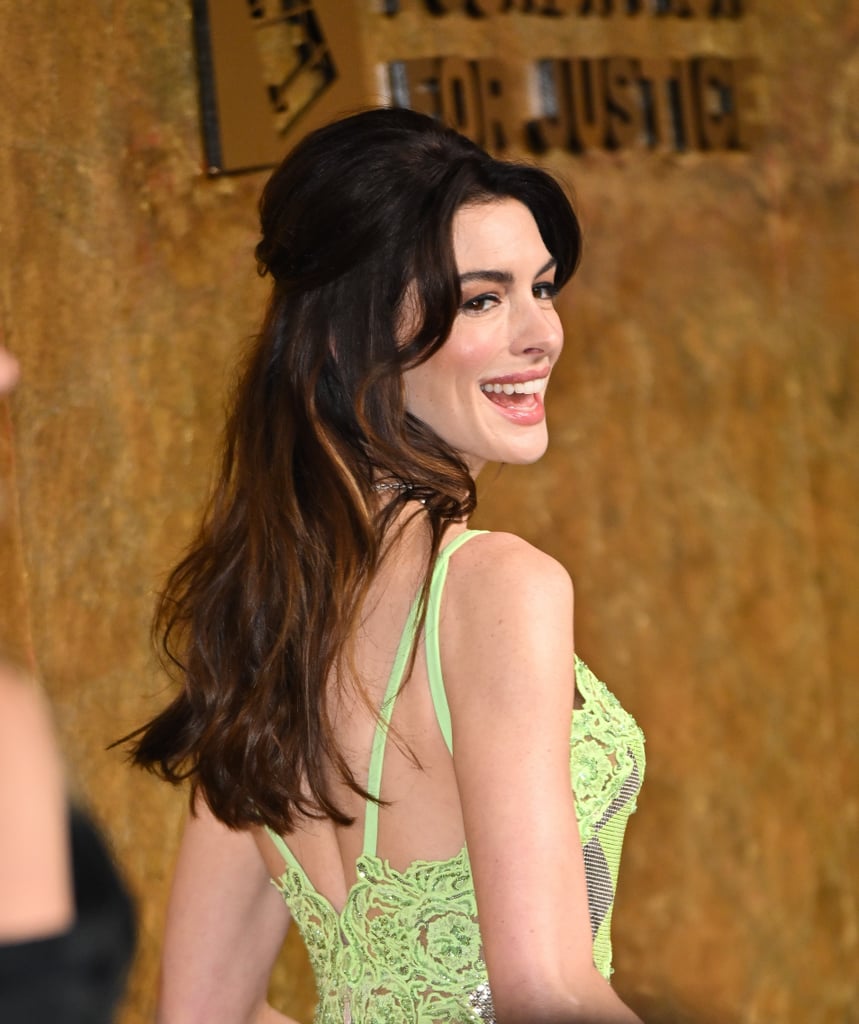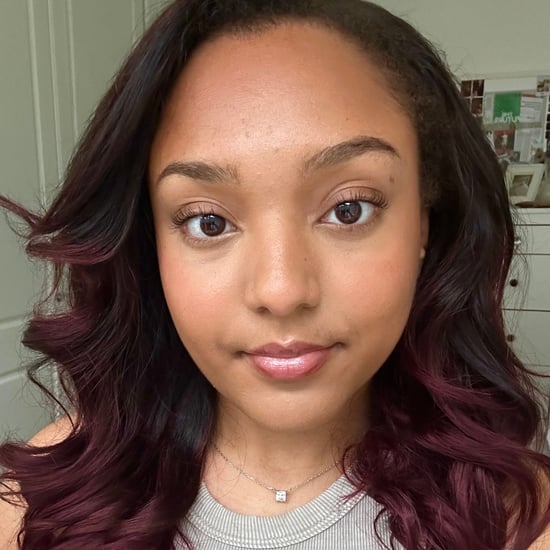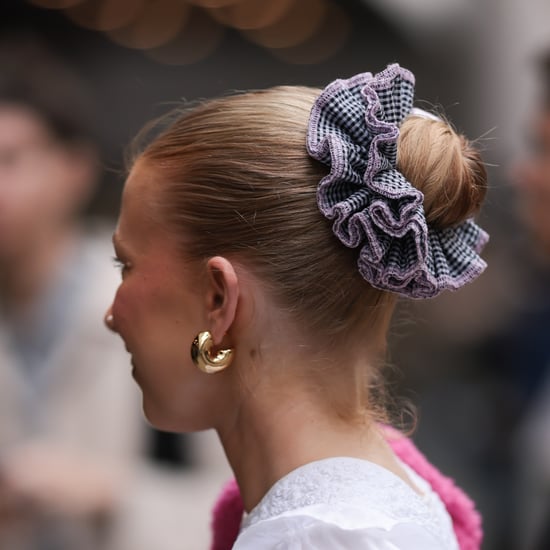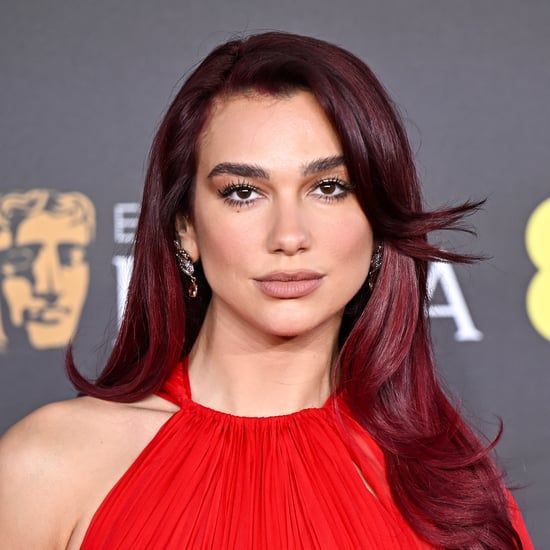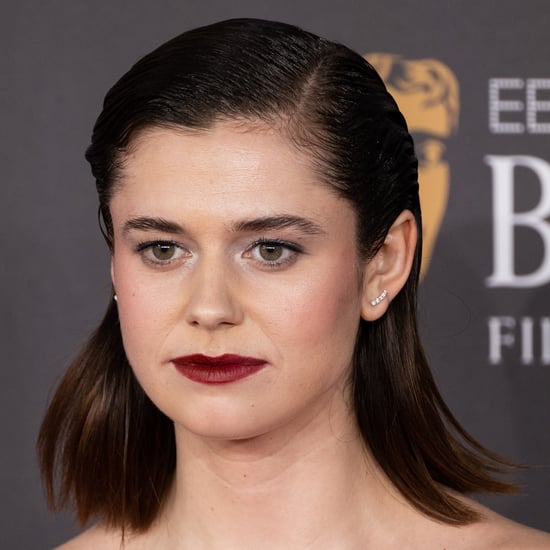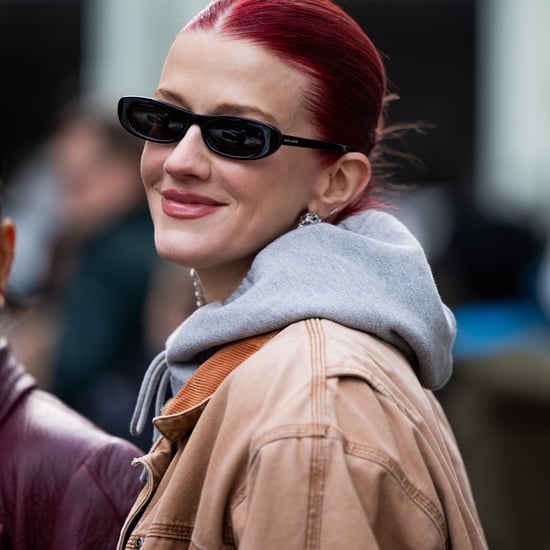The Bouffant Hairstyle Trend Is Back
Back To Bouffants — Everything to Know About The Iconic 60s Hairstyle
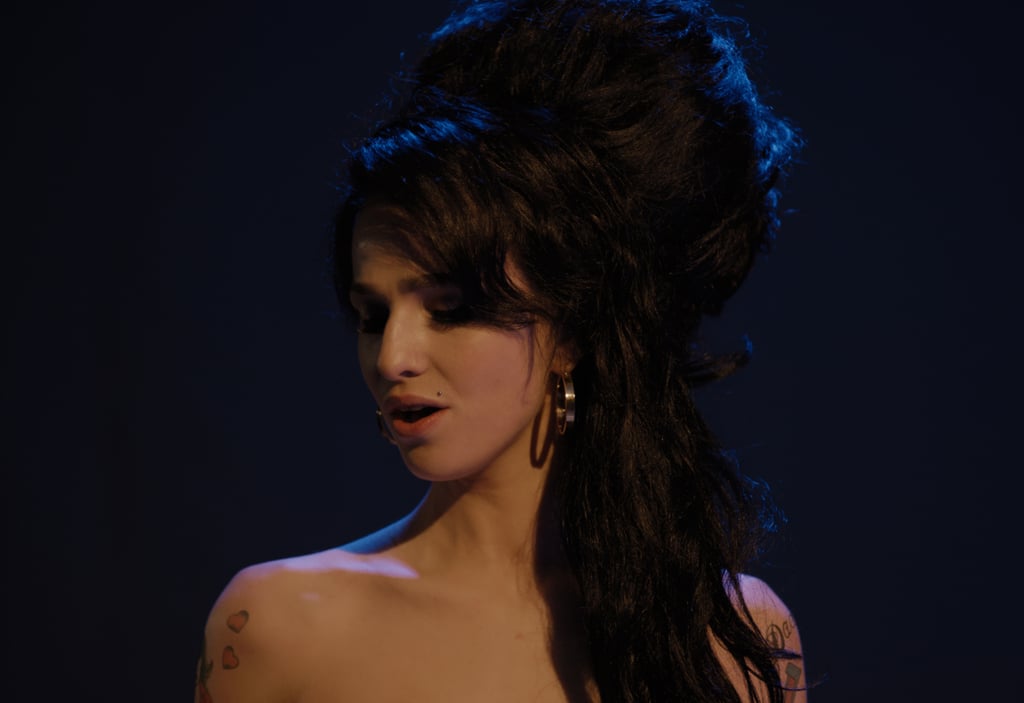
From low-rise jeans and babydoll tops, there have been a lot of surprising style comebacks so far. But I'd have to say the return of the bouffant hairstyle on the red carpet may just be the most unexpected comeback of them all. And the bouffant is now also making its case for being a new trend on film. Sofia Coppola's "Priscilla" saw Cailee Spaeny take on Priscilla Presley's sky-high wedding bouffant and Sam Taylor-Johnson's upcoming Amy Winehouse biopic, "Back To Black", will see Marisa Abela don Winehouse's iconic look from the early 2000s.
Extremely popular in the 1950s and 60s, the bouffant — which comes from the French word bouffante, meaning puffed out — is a hairstyle that's raised high on the head and features a rounded shape. (It's sometimes referred to as a beehive, although a beehive apparently is even higher and rounder than a bouffant.) Iconic bouffant wearers of the past include Brigitte Bardot, Dusty Springfield, and Lisa Marie Presley, but since the mid-20th century the style has never truly made a resurgence. Sure, you'd see it on the high-fashion runways, or on singers like Winehouse and Adele who adopted it as part of their musical personas, but otherwise it was a hairdo strictly relegated to pop culture of the past — until recently.
We've seen bouffant after bouffant on the red carpet courtesy of young stars like Dua Lipa, Anya Taylor-Joy, Ariana Grande, and Aimee Lou Wood. I, for one, was shocked at this 60s-inspired hairdo, but hairstylist Sam McKnight — who has worked with everyone from Princess Diana to Kate Moss and created quite a few bouffants backstage at Fashion Weeks over the years — was not too surprised at the retro style's return. "There's always a 60s fashion resurgence going on. The 60s is never far away from any fashion reference. I guess it's because the 60s was the last period where people spent a lot of time on their hair and the last time when there was one style that everyone wore. The late 60s, early 70s was about freedom and doing what you want, so I think people hark back to that because it was the last time we saw really done hair."
Turns out, the 60s wasn't the first time the world became bouffant obsessed. Voluminous hairstyles first came into fashion in Europe around the 1770s and 1780s with the help of Marie Antoinette and her hairstylist Léonard Autié. Together, the two created numerous lofty and extravagant updos, some adorned with feathers and flowers, and one even topped off with a model of a ship to honour a French naval victory. In the early 1900s, volume was back in style when the Gibson Girl (named so due to the drawings of illustrator Charles Dana Gibson) of the era wore an upswept bouffant that finished in a chignon at the crown of the head.
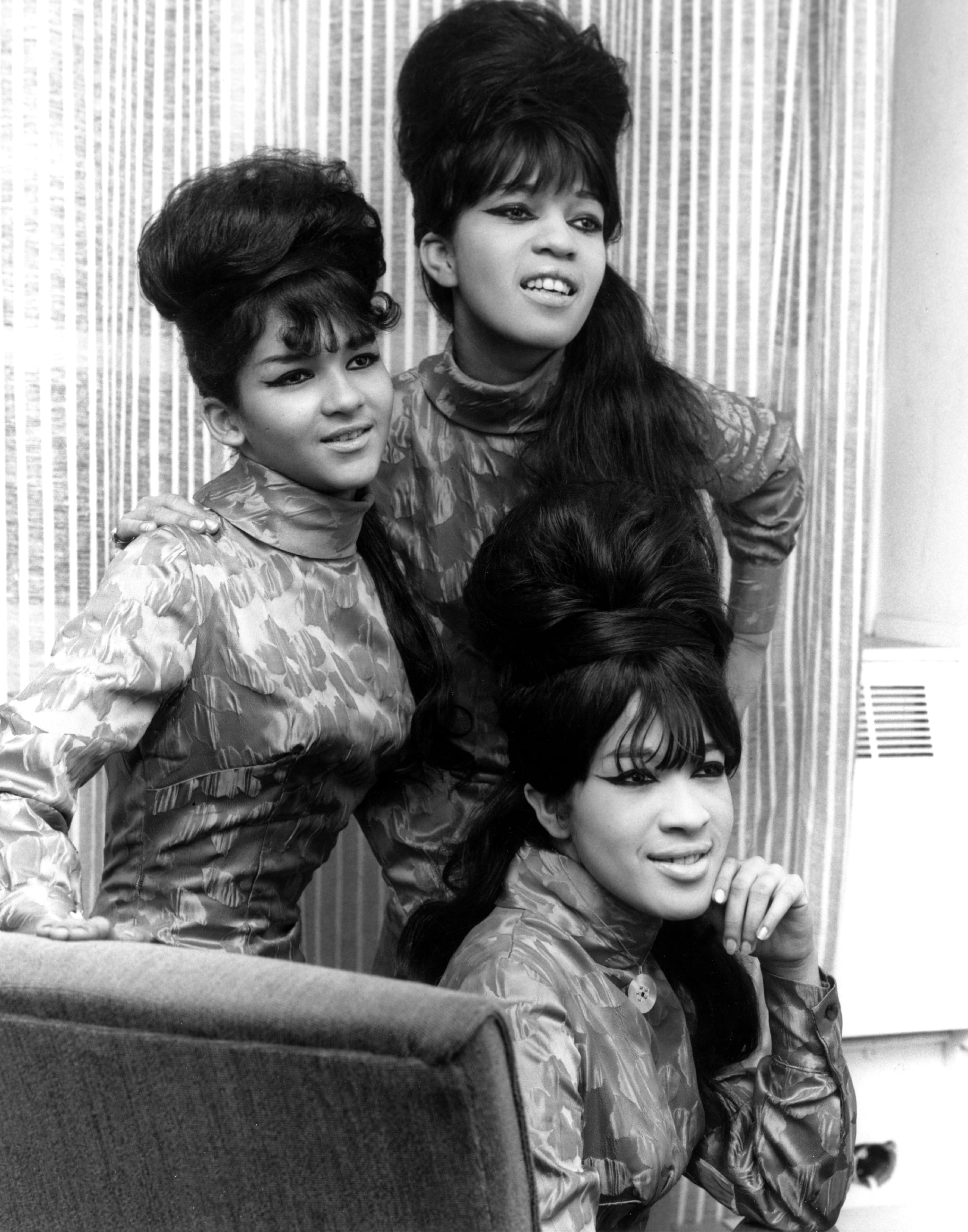 Image Source: Getty Images/ Michael Ochs Archives / Stringer
Image Source: Getty Images/ Michael Ochs Archives / Stringer
Pictured above: The Ronettes in 1965
Extreme volume then began to resurface in the 1950s with the introduction of rockabilly culture. "The hairstyle started [taking off] in the late '50s with the Teddy Boys and Teddy Girls in London," McKnight explained. That style was nicknamed the pompadour, so called after Madame de Pompadour, the royal mistress to Louis XV who wore her strands curled and pinned backward. By the end of the 1950s, people's hair kept getting bigger and bigger thanks to the invention of hairspray, until you had the oversize styles that we've come to associate with the bouffant today. "In the '60s [the bouffant] was the look of all the pop stars — Dusty Springfield, The Supremes, The Ronettes — it was very rock 'n' roll."
With its origins in rock 'n' roll, it's no surprise that the bouffant has continued to be popular amongst musicians well into modern times. In the late '70s you had Cindy Wilson and Kate Pierson of The B-52s (the band name actually refers to a particular beehive hairdo resembling the nose cone of the aircraft), Amy Winehouse and Adele in the early 2000s, and now Lady Gaga, Dua Lipa, Andra Day, and Ariana Grande. "I guess when you get right into it, [the bouffant] was about showing off. It was about saying, 'Anything you can do, I can do higher, I can do bigger, I can do bluer.' And the rock world is all about excess, and all about doing it bigger and better than the next person," McKnight mused. "It definitely can have a competitive edge."

Image Source: A24
Part of the bouffant's appeal, regardless of what era you're living in, is that adding volume to the top of the head creates a very flattering silhouette. "I think a bit of height always makes people feel a bit taller, and a bit grander, and a bit more 'done,' if you like," McKnight said. He added that you might make it super coiffed and dramatic or play it down a bit and make it more casual depending on your personal style. "It's all about the silhouette, so it's a style that works for pretty much everyone, regardless of hair texture."
"The best way to do them, the modern way to do them, is to have it kind of undone and not too perfect," McKnight explained. "I think when it's a little bit punky — when the texture is not too finished and not too curled and set — and you're really concentrating on getting that volume on top, then it doesn't matter if there's a few hair pins showing and it's falling out a little bit. I kind of like that."
Keep reading to see some of our favourite celebrities to try out the bouffant hairstyle.
Dua Lipa's Bouffant Hairstyle at the BRIT Awards
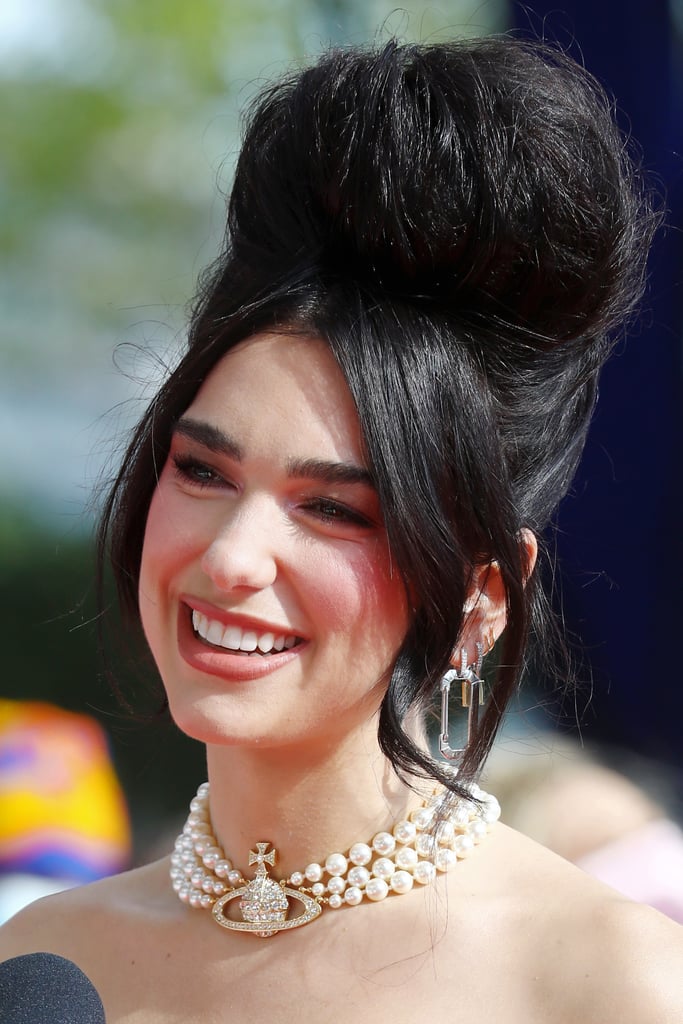
Lady Gaga's Bouffant Hairstyle at an Appearance in LA
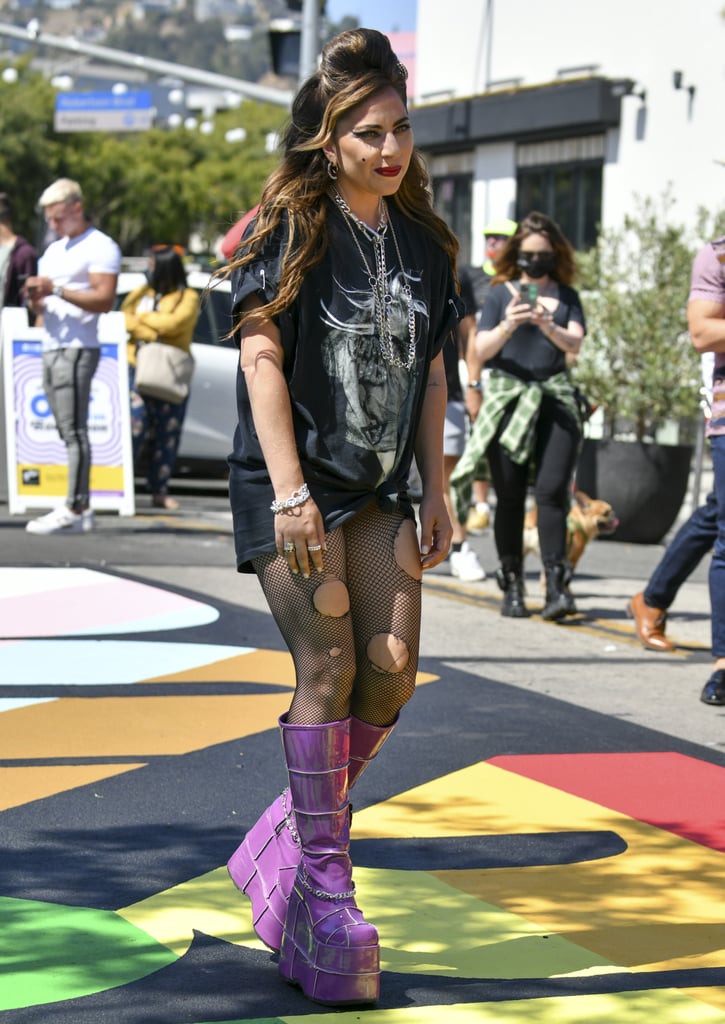
Miley Cyrus Had A Major Bouffant Moment at the 66th Grammy Awards
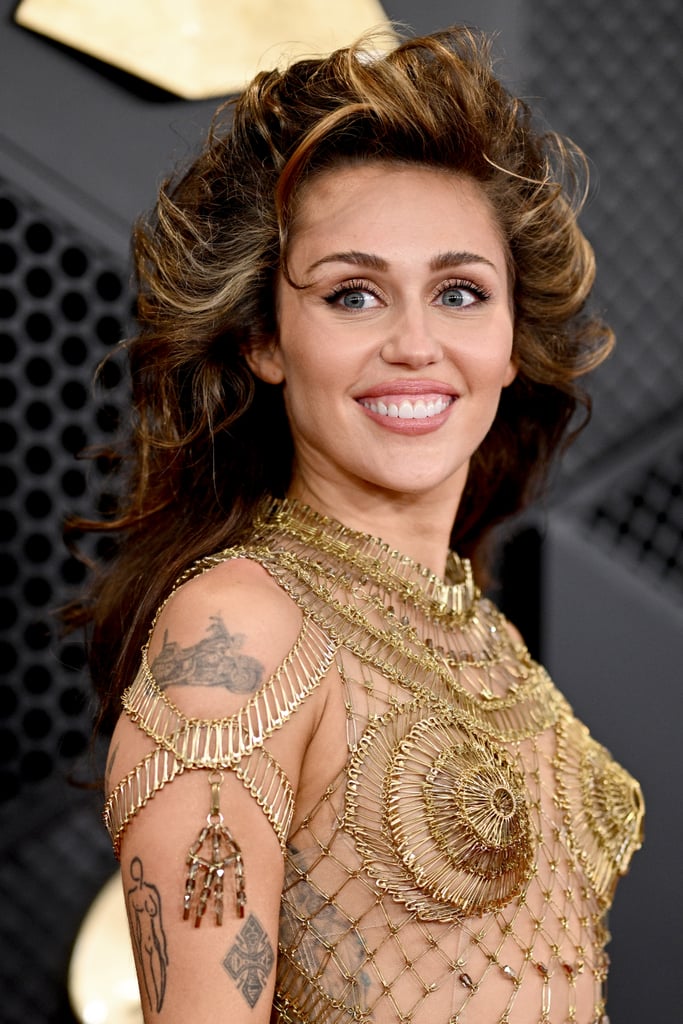
Aimee Lou Wood's Bouffant Hairstyle at the BAFTA TV Awards
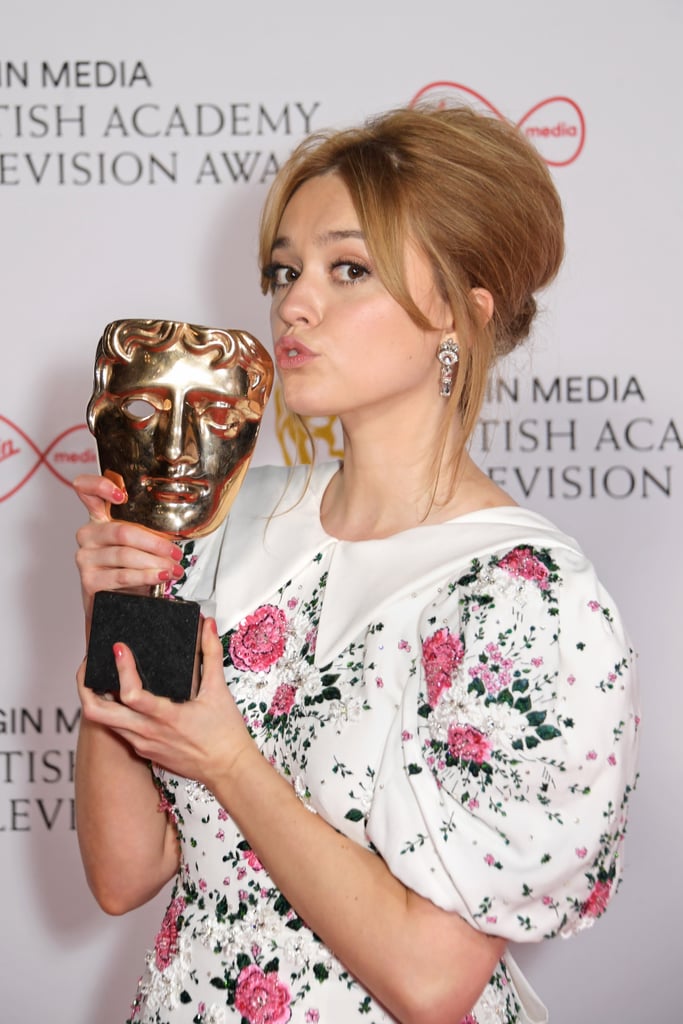
Andra Day's Bouffant Hairstyle at the Grammy Awards
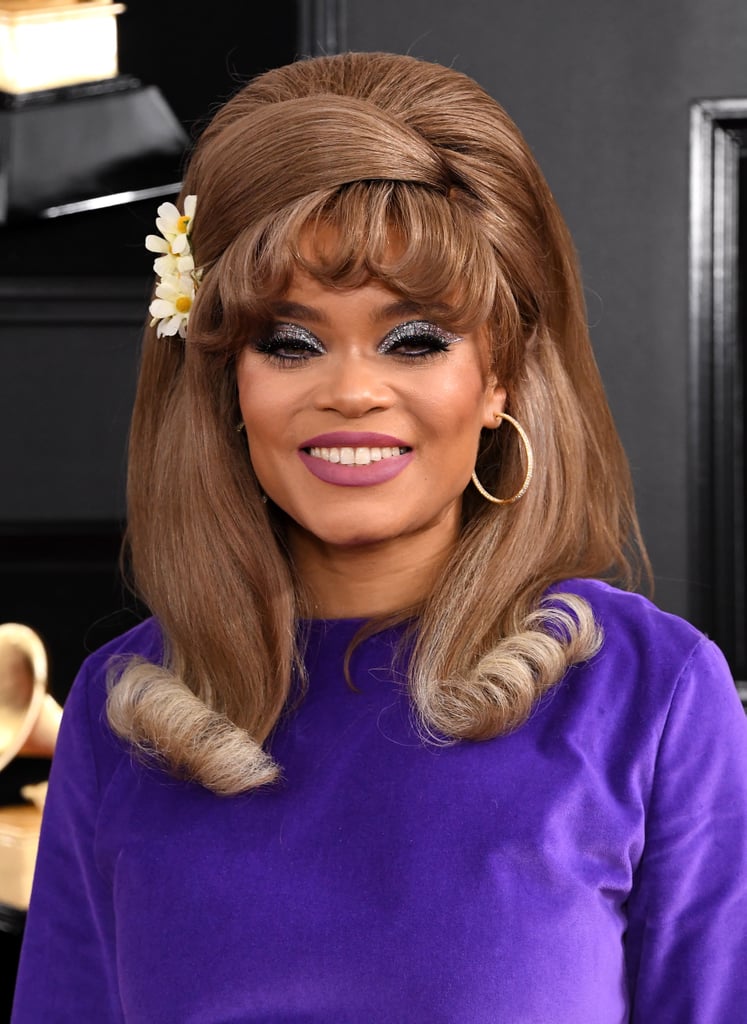
Beyonce Was Seen With A Bouffant Hairstyle As She Left Harry's Bar in Mayfair
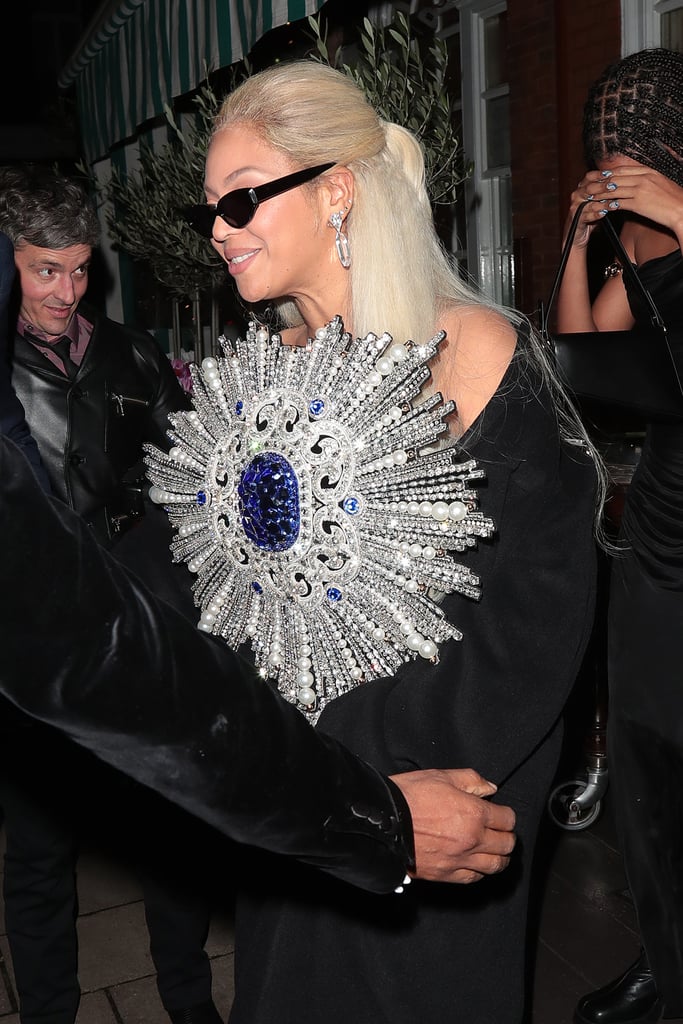
Ariana Grande's Bouffant Hairstyle For Her "34+35" Music Video
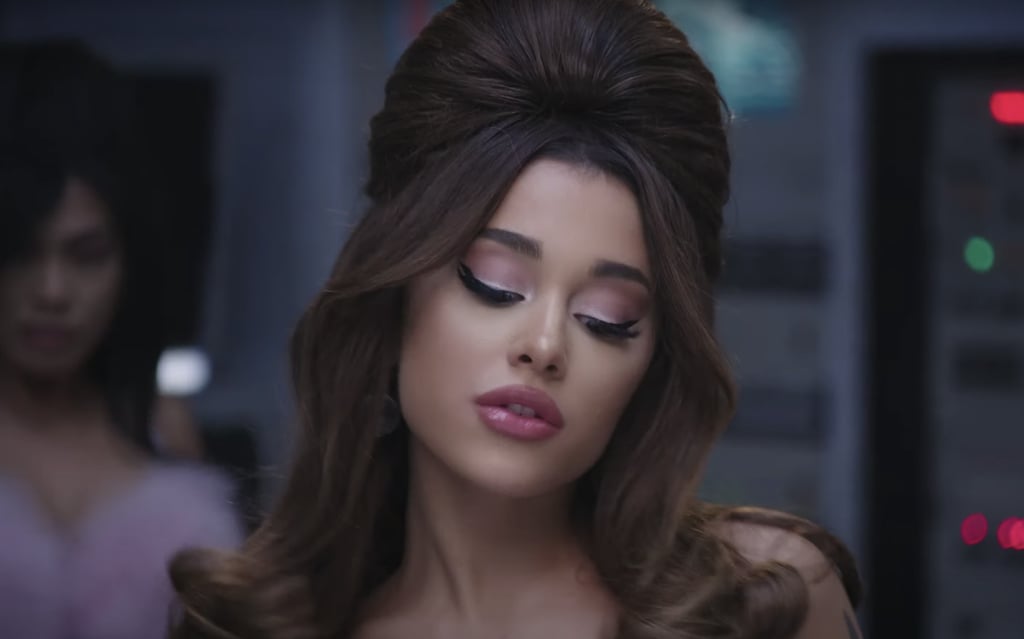
Anne Hathaway's Bouffant at the the Clooney Foundation For Justice's 2023 Albie Awards
